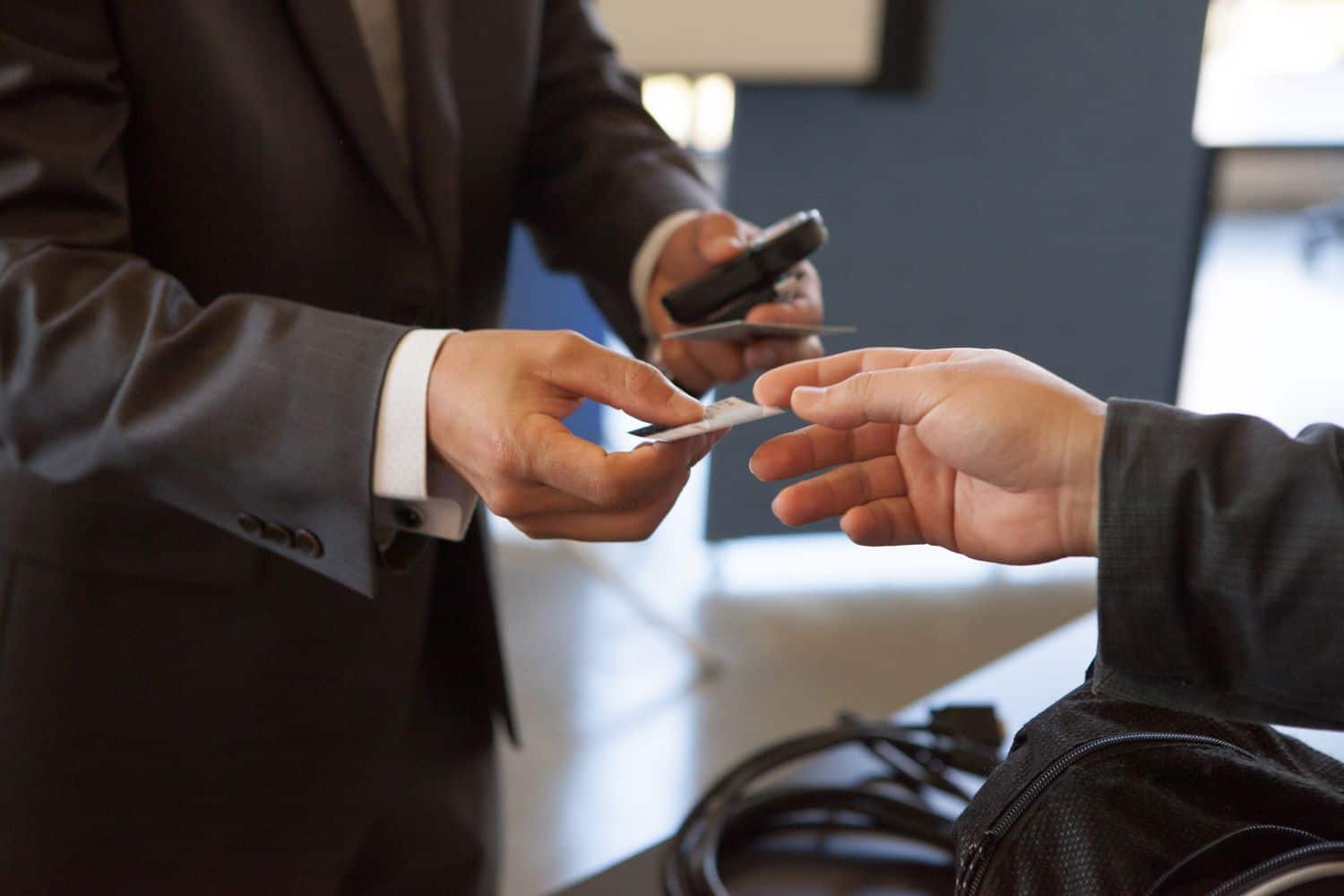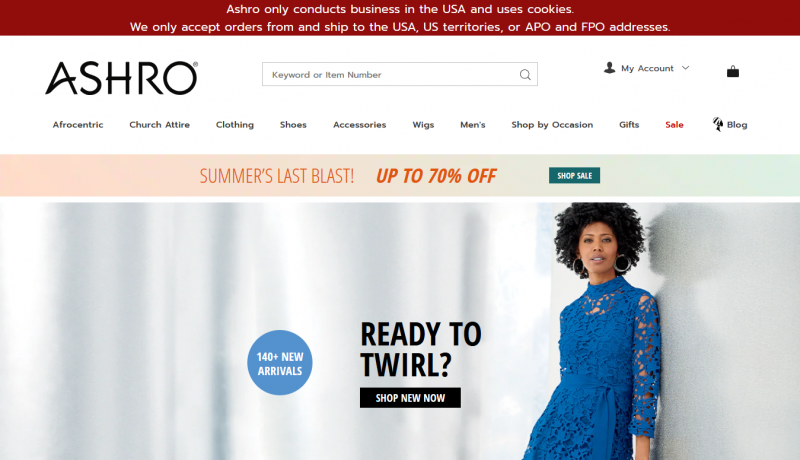Want a Unique Business Card? Here are some tips!

Whether you’re a businessman or an officegoer, a business card is one of the essential basics. After all, research shows that 72% of people judge businesses and individuals based on business card quality!
A unique and impressionable business card is a must-have in this age! However, if you’re confused about where to start or how to make your card original, you’re at the right place. So, let’s know everything necessary to build your card…
1. Know basic design components
The primary business card design components are your business logo and your brand’s color scheme.
Most of the visual designs of your business card depend on these factors. These elements have a huge role in the appeal of your card and their influence on the layout. So, before you print a card, ensure you’re happy with every bit of your logo.
2. Know yourself
Answer the following questions:
- What do you want to communicate to the card receiver?
- What sort of brand is yours?
- Will the card represent you or an entire business?
Take some time to understand what you want to convey with your brand. Keep these in mind while designing the card.
3. Pick the shape
Nowadays, there are many more business card shapes in the market than traditional rectangles with pointed corners. If you want a hint of traditional touch, go for rectangles with rounded corners.
For more modern alternatives, choose die-cutting printing techniques to get any other unique shape you want.
To ensure the card shape stands out, you can also make it the shape of any animal mascot of the business or your product. For instance, if you have a bakery, you can make a cake or muffin-shaped card.
4. Opt for the right size
You don’t have a lot of options for the right size as it usually depends on your nation. So some standard sizes are:
- European: 85×55 mm (3.346×2.165 in)
- North American: 88.9×50.8 mm (3.5×2 in)
- Oceania: 90×55 mm (3.54×2.165 in)
If you want to try out a different size, then consider a few details and the best size for each:
- Bleed area: It’s the outermost region that’s usually removed. Set it around 6 mm (0.25 in).
- Trim line: It’s the target line to cut cards. Set it around 3 mm (0.125 in).
- Safety line: Don’t put the important elements beyond this line. Everything beyond it is a cutting mistake. Set it around 3 mm (0.125 in).
5. Add the logo
While you play with the graphics, remember you have both sides to your card. Ensure your logo grabs most of the attention, but there must be enough space for other important information.
So, you can dedicate an entire side to your logo. Use the other side to add all the details. Another way is to add a small yet eye-catching logo on both sides. You can also infuse your creativity into it.
6. Include all important details with the right calligraphy
While a business card looks small, ensure you add all the details to add into it. Some of the basic information are:
- Name
- Company/brand name
- Job title
- Contact number
- Website URL
- Professional social media handles
- Brand slogan
Choose the right calligraphy for these to make all the details legible and clear.
Size: Use at least 8 pts for all text for best readability. But ensure the most important information like name and contact number grab the limelight. So, use a greater font size for these.
Font: Choose a non-cursive font style so the other person doesn’t struggle to read it. Serif and sans-serif are usually the most-liked options.
Color: Opt for text colors that go well with the brand colors. Never use different shades of the background colors. Otherwise, the text will fade.
7. Go modern and minimalistic with QR code
QR codes are trending because of the limited space in business cards. So, don’t print all the details on the card, as it makes it look cluttered.
Instead, keep it minimalistic and add a QR code. When they scan, it will take the recipient to your business website or site with all the necessary details.
You can do this by using online QR code generators. Or seek a digital business card-making agency. They also help you link your website content and other platforms through a single scan.
8. Experiment with the material
Gone are the days of stacks of traditional paper business cards. You can now get a vast range of materials for your business cards. This is more popular for digital business cards.
It is a great eco-friendly option as you don’t have to get many paper cards printed only to be discarded by recipients.
If you want suggestions for a reputable business card-making agency that provides you with various materials and finishes, click here!
9. Use a 3D effect
The 3D effect makes the letters and designs seem raised from the card surface. It adds elegance to your card. This will make people pay attention to you more and remember you better!
10. Play with the finish
A business card with a high-quality finish is another way to stand out in the tough competition. Some great choices are:
Embossing: This makes certain words or designs pop out more than others.
Spot UV coating: This uses a sleek varnish to smooth texture and shine on certain areas of the card – like logos, phrases, or other graphics.
Foil stamping: This makes the letter or designs shiny as a shiny material like tin foil is used. It works well with accent texts and images.
Letterpressing: In this, the letters are pressed into the card material and inked. It looks like an engraving.
11. Add a CTA
Your business card can be the best marketing tool for you. So, tell your business card maker to include a CTA (call-to-action) button. You can include the best offers and discounts on your business in this.
Conclusion
Take time and follow these steps accordingly. You’ll shape the business card of your dreams that defines you or your business perfectly!




